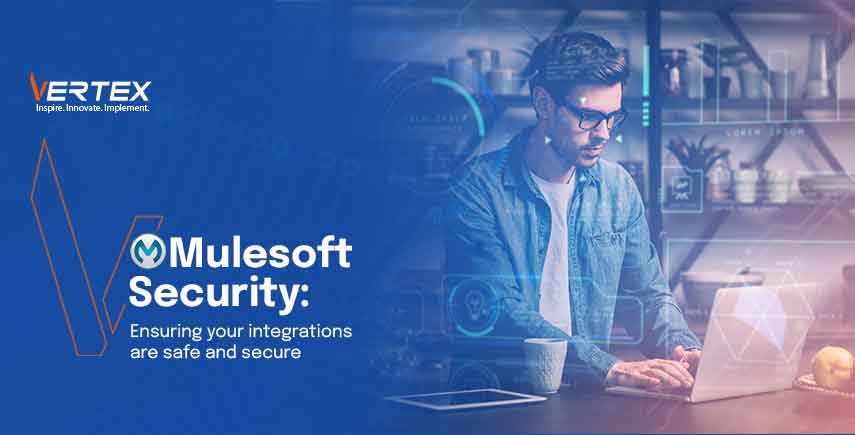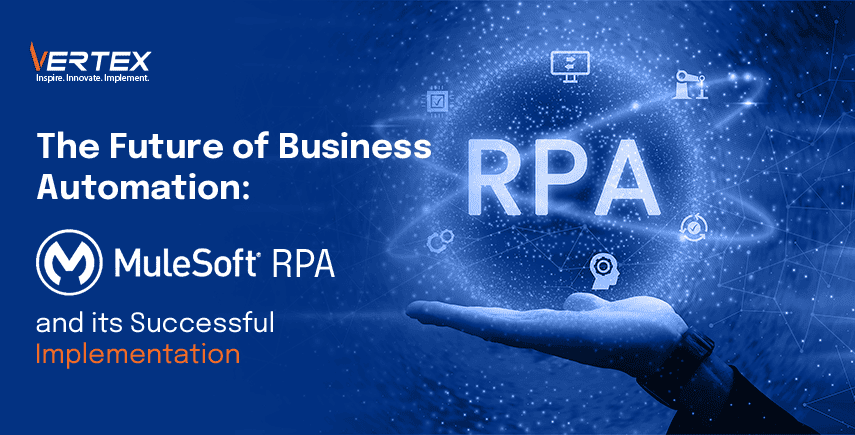You might be wondering what exactly is a resilient integration architecture?
In simple terms, it’s like the foundation of a house, but for your company’s IT system. It keeps everything connected and running smoothly, even when things get tough.
Now, think about MuleSoft and Salesforce.
They’re like the architects and builders who make sure this foundation is not only strong but also flexible enough to adapt to new changes and challenges.
MuleSoft connects different parts of your IT system, while Salesforce manages your customer relationships.
Together, they ensure your IT system is not just sturdy but also ready for the future.
Understand the Need for Resilient Integration Architecture
Have you ever faced issues with old computer systems at work, those that are slow and often cause problems?
These are known as legacy systems, and they can really hold back your company from growing and staying up-to-date with new technology.
So, why is it important to have a resilient system? Let’s break it down:
- Facing IT Challenges Head-On: With resilient architecture, you can handle not just today’s tech challenges but also those that might pop up in the future.
- Building a Strong Yet Flexible System: This approach is about creating a system that’s both robust and adaptable. It’s ready for anything, whether it’s new tech developments or unexpected issues.
In essence, resilient integration architecture is akin to building a bridge between the present and the future of your IT landscape, ensuring continuous data flow and adaptability, even in the face of adversity.
Emphasize on Event-Driven Architecture
Let’s dive into what an event-driven architecture (EDA) really means for you.
Imagine a system where each part works independently, like a well-oiled machine, without needing constant updates about other components.
That’s EDA. It’s like having a team where everyone knows their job without being told constantly.
Benefits of EDA include:
- Independent Functionality: Each component operates on its own, processing incoming messages and emitting outcomes without relying on others.
- Easy to Add New Services: When you need to expand, integrating new services is as simple as connecting to the “inboxes” and “outboxes” in the system, avoiding the hassle of tracking down service endpoints.
- Asynchronous Messaging: This is a game-changer. A service sends a message and moves on without waiting for a reply. Other services pick up these messages at their convenience, ensuring smooth, uninterrupted operations.
With MuleSoft and Salesforce, EDA shines even brighter. MuleSoft can react to events triggered by Salesforce, creating a dynamic and responsive system.
This is especially useful when dealing with new or modified data.
For example, Salesforce can send a notification to a MuleSoft API, informing it about changes in real-time. This enables quick and efficient data processing and response.
Implementing Resilient Integration with MuleSoft and Salesforce

Implementing a resilient integration architecture with MuleSoft and Salesforce isn’t just smart; it’s essential for a dynamic and responsive business environment.
Here’s a step-by-step guide:
- Create Apex Classes in Salesforce: Start by creating two Apex classes, one for new products and another for modified products. These classes will send notifications to the MuleSoft API, ensuring real-time data updates.
- Develop MuleSoft’s Solution: Switch to MuleSoft’s Anypoint Platform. Here, you can develop a simple application with multiple flows, each addressing a specific part of the integration process.
- Integration and Testing: Combine the functionalities of Salesforce and MuleSoft. Implement the event-driven patterns you’ve set up, making sure they work seamlessly together.
- Ensure Clarity in Integration Requirements: Use connectors and APIs effectively. This will help in maintaining a smooth data flow between Salesforce and MuleSoft.
- Test and Validate: It’s crucial to test your integration for resilience and effectiveness. This ensures that your architecture can handle real-world scenarios and adapt to changes seamlessly.
By following these steps, you’ll build an integration architecture that’s not just robust but also adaptable and efficient, harnessing the strengths of both MuleSoft and Salesforce.
Remember, in the world of IT, being prepared for change isn’t just good practice; it’s a necessity.
Benefits of Event-Driven Integration

Event-driven architecture (EDA) isn’t just a technical concept; it’s a game-changer for businesses.
Here are some key benefits:
- Data Management: EDA helps in managing the ever-increasing data influx efficiently. It filters data based on business needs, reducing the load on systems.
- Flexibility and Broadcasting: Changes in the system do not impact downstream systems, thanks to EDA’s loose coupling and broadcasting abilities. This flexibility is crucial for adapting to evolving business environments.
In sectors like finance and healthcare, EDA has streamlined processes, improving data visibility and decision-making.
Businesses have seen cost efficiency by reducing dependencies and complexities in their IT architecture.
Security and Governance
When it comes to event-driven architecture (EDA), security and governance present unique challenges and solutions.
Initially, EDA lagged behind RESTful architectures in crucial areas such as API lifecycle management and governance.
This gap stemmed from a lack of established specifications, limited discoverability, and hurdles in both developer experience and testability.
However, the advent of evented APIs has significantly bridged these gaps. These APIs embrace the AsyncAPI specification, enhancing discoverability and testability.
This shift has effectively filled the voids in EDA, ensuring a more standardized experience for developers.
Importantly, evented APIs have revolutionized security practices.
Contrary to RESTful APIs that focus on a single endpoint, evented APIs extend security policies across both the publishing and subscribing ends.
This approach fosters a unified and comprehensive management of the lifecycle for both RESTful and evented APIs.
Conclusion
In a nutshell, building a resilient, event-driven integration architecture with MuleSoft and Salesforce is a strategic move towards future-proofing your business.
This approach offers improved data management, flexibility, and cost efficiency.
With advancements in security and governance, adopting event-driven strategies is not just a technological upgrade but a step towards enhanced business continuity and success.
Partner with Vertex IT for MuleSoft and Salesforce Excellence
Start building a strong, future-ready IT infrastructure with the help of Vertex-qualified guidance on how to connect MuleSoft and Salesforce.
Our expert will help expertly integrate MuleSoft and Salesforce, creating a strong integration design that can handle today’s problems and easily change to those that come up in the future.
Why Choose Vertex IT?

- Expertise in MuleSoft and Salesforce: Leverage our in-depth knowledge to create a strong foundation for your IT system.
- Event-Driven Architecture Mastery: Explore the benefits of event-driven architecture, enhancing independence, adaptability, and efficient data processing.
- Strategic Implementation: Follow our step-by-step guide to implement a resilient integration architecture seamlessly.
- Testing for Excellence: Ensure your integration is not just robust but also efficient by thorough testing and validation.
Instead of simply automating tasks, why not take it a step further and innovate using MuleSoft and Salesforce with Vertex?
Get in touch with Vertex now and start a journey of automation that will revolutionize your business and open up endless opportunities.













